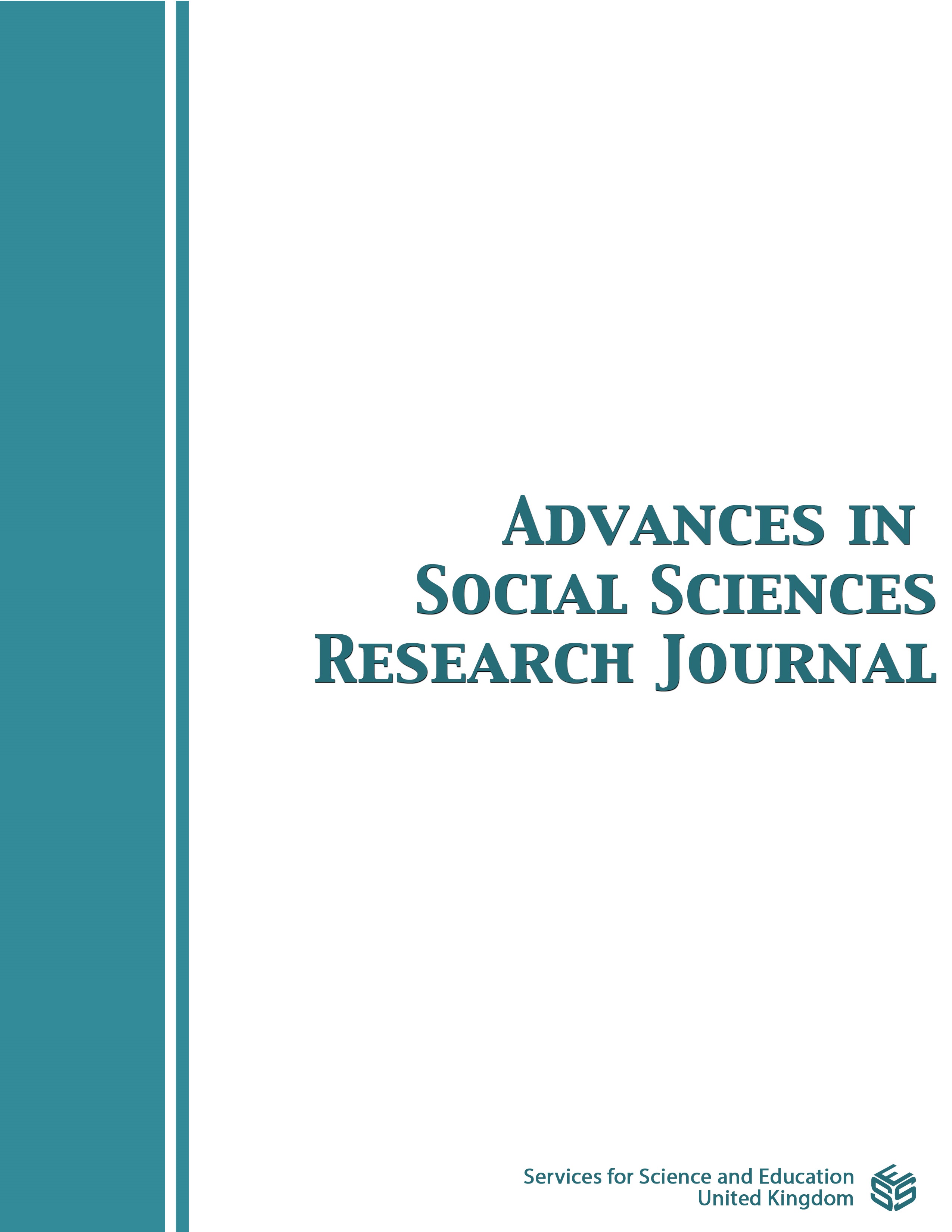Chagas Disease: A Fortuitous Share of Evolution and Natural Selection
DOI:
https://doi.org/10.14738/assrj.116.17001Abstract
American Trypanosomiasis, known as Chagas disease, can be acquired sexually, and the disease has spread to five continents. The disease attacks the heart and is a leading cause of failure. The multifaceted clinical manifestations of the disease are a persisting challenge to scientific medical-biological research. The T. cruzi life-long infection accumulates lateral transfer of kDNA mutation in the human genome and drives Chagas disease auto-immune lesions. Trypanosoma cruzi-infected human inherits the Protist mitochondrial kDNA minicircle sequences. The transfer of the kDNA to genomes of several vertebrate animal species and the polygenic kDNA mutation is a common denominator driving the disease pathogenesis in circa one-third of chronically infected Chagas patients. If so, why do many patients get sick, but others do not? An answer to this question stems from mapping kDNA integration sites in transposable elements of the human genome. Lateral transfer of the kDNA minicircle sequences to multiple copies of LINE-1 was retrievable with available biotechnologies. The kDNA mutation integration sites hitchhike to several loci, thus, polygenic genome modifications. This is a route toward knowledge-bearing benefits concerning the clinical handling of Chagas heart disease and digestive system ailments. The studies show that two-thirds of the T. cruzi chronically infected human population do not show disease clinical manifestations, and the remaining one-third of those showing Chagas disease leave their children when they die at 45 ± 10 years of age; then, we conclude that Chagas disease is a fortuitous share of natural selection.
Downloads
Published
How to Cite
Issue
Section
License
Copyright (c) 2024 Antonio R. L. Teixeira

This work is licensed under a Creative Commons Attribution 4.0 International License.
Authors wishing to include figures, tables, or text passages that have already been published elsewhere are required to obtain permission from the copyright owner(s) for both the print and online format and to include evidence that such permission has been granted when submitting their papers. Any material received without such evidence will be assumed to originate from the authors.






